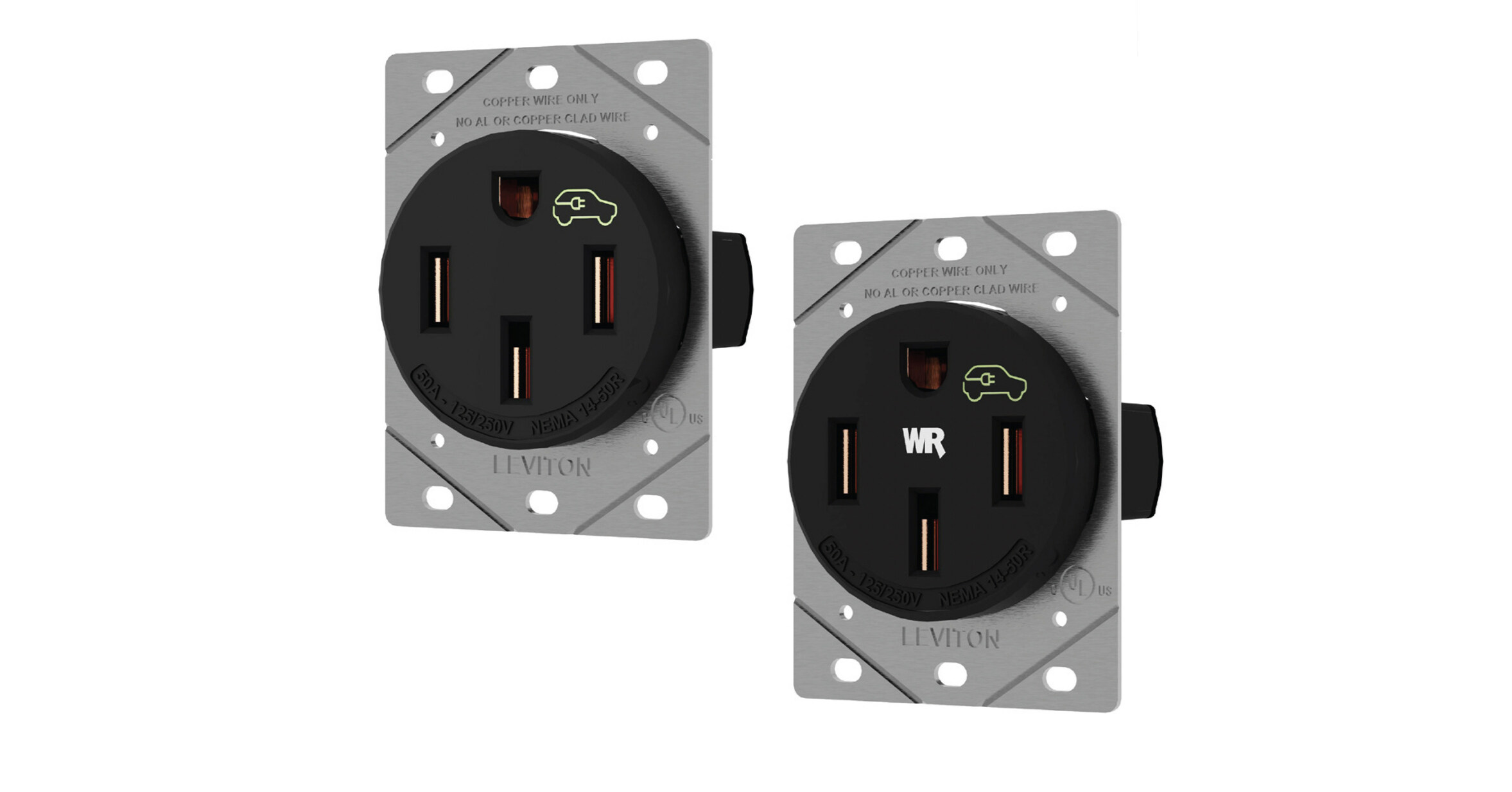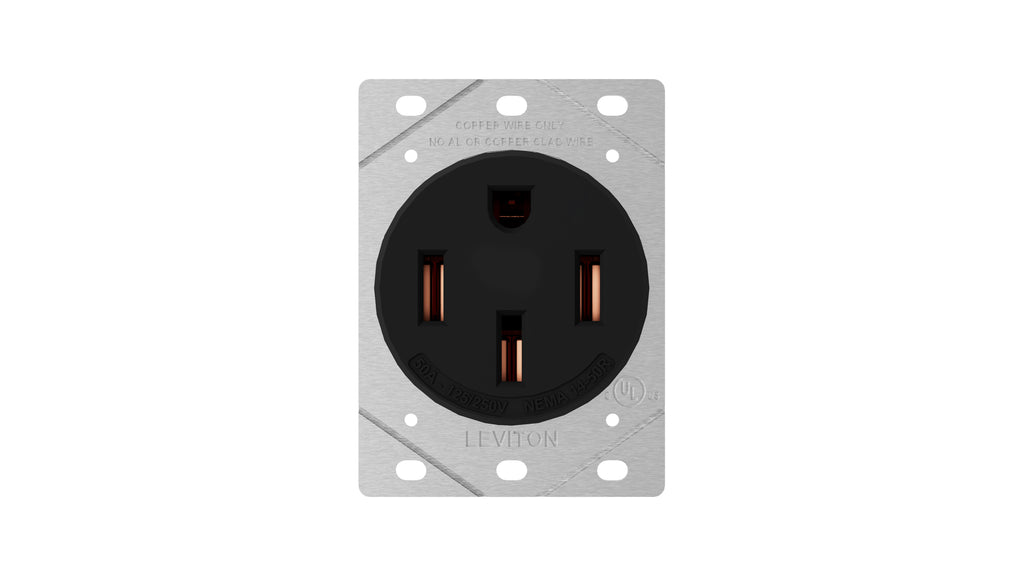That is one cause, and is what people frequently see in standard really old 120V outlets, but I think it's one of the three main causes. And is perhaps by % of cases, probably not the top one.
1. Loose (or badly done) screwed in wire connections on the back. With the way some outlets are, as the wire is screwed down, strands of the wire get splayed out to the sides, which loses some of that contact area. Or through a couple of years of use, the heating and cooling makes the metal expand and contract, and the screw just isn't holding the wire tightly anymore and needs to be re-tightened.
2. That old model of Leviton outlet had some really pathetic half sized steel plated contacts inside. That made it pretty resistive regardless and always warmer than it needed to be.
3. The firmness of the spring tension you mentioned.




